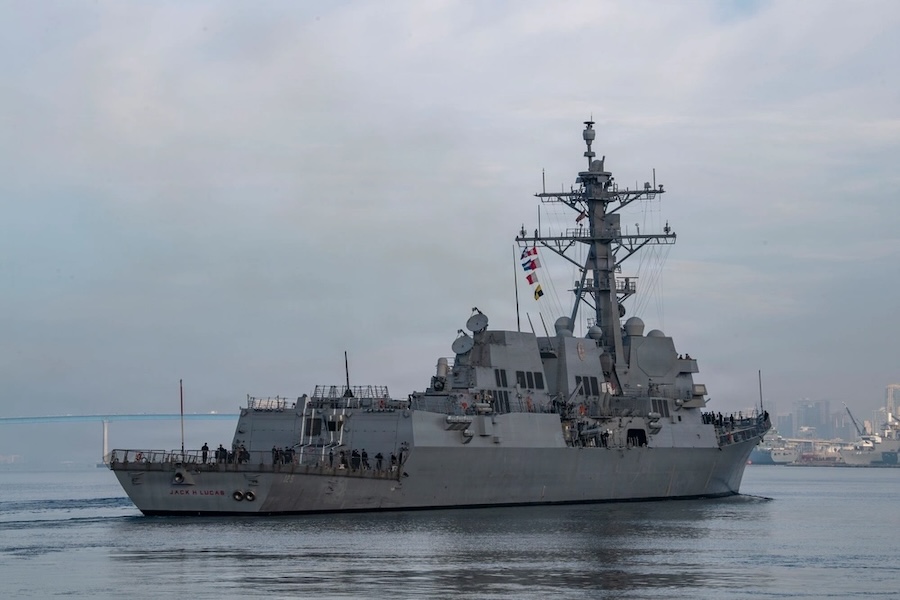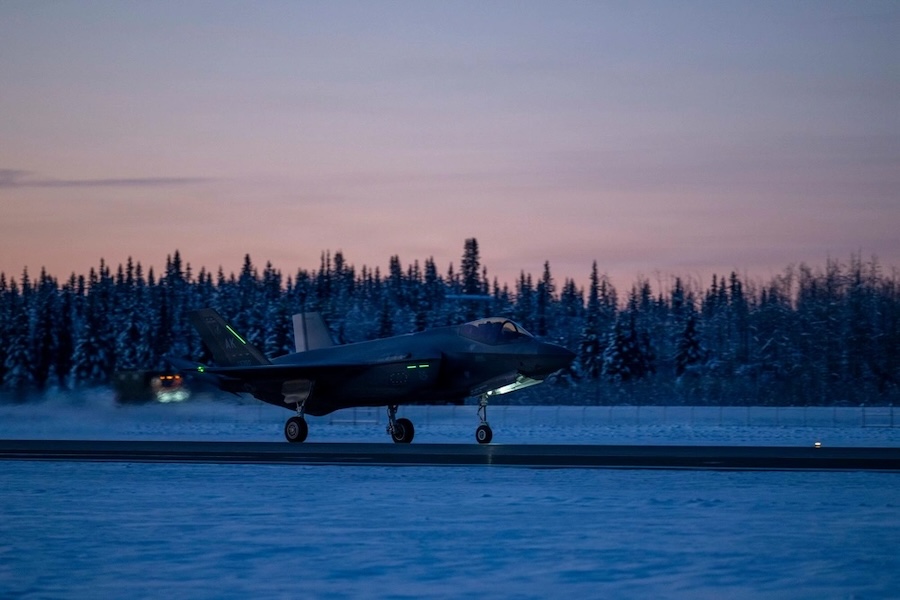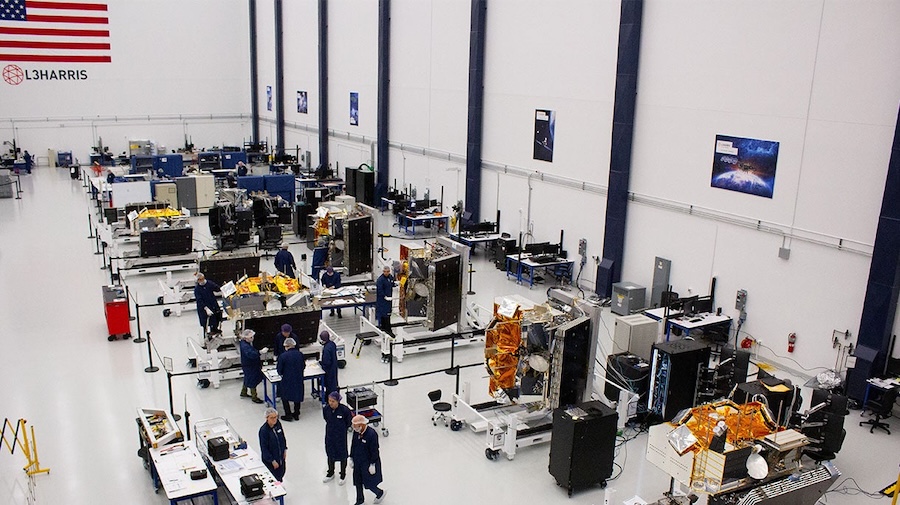“Well, first of all, it is a huge win for us, and very important for our St. Louis operations. As you know, we do the F-15 and F-18 there,” Ortberg said, referring to the region’s central role in Boeing’s fighter jet production. “To be a part of the next-generation first sixth-generation fighter really sets the stage for decades to come for our Saint Louis operation,” he added.
Ortberg stated that Boeing’s commitment to the NGAD programme represents an unprecedented investment level in the company’s defence operations. “We invested in this area more than any investment we’ve ever made in our defense business, and that investment paid off,” he noted.
Although specific details of the F-47’s design remain classified, Ortberg emphasised the technical readiness and advancement of Boeing’s proposal. “We had a superior product, very mature in where we are in terms of the design of the product. Can’t talk a lot more about it, but we’re excited to have that program,” he said.
The F-47 is intended to serve as the U.S. military’s sixth-generation fighter, ultimately replacing current platforms like the F-22 Raptor in future air superiority roles. The aircraft will feature advanced stealth capabilities, AI-assisted systems, and optionally crewed operation.
“In our defense portfolio and our team, [this win] puts a boost to energy,” Ortberg remarked. “It proves that we still have the technology capability to go do that.” Boeing expects the programme to shape the future of its defence sector and significantly influence American airpower strategy well into the 2030s and beyond.










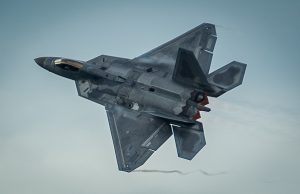

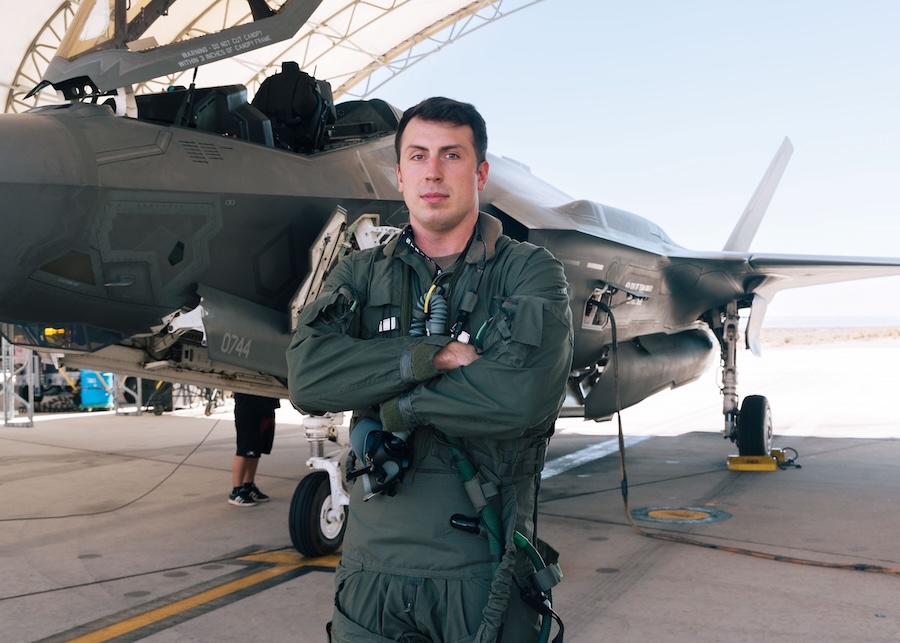
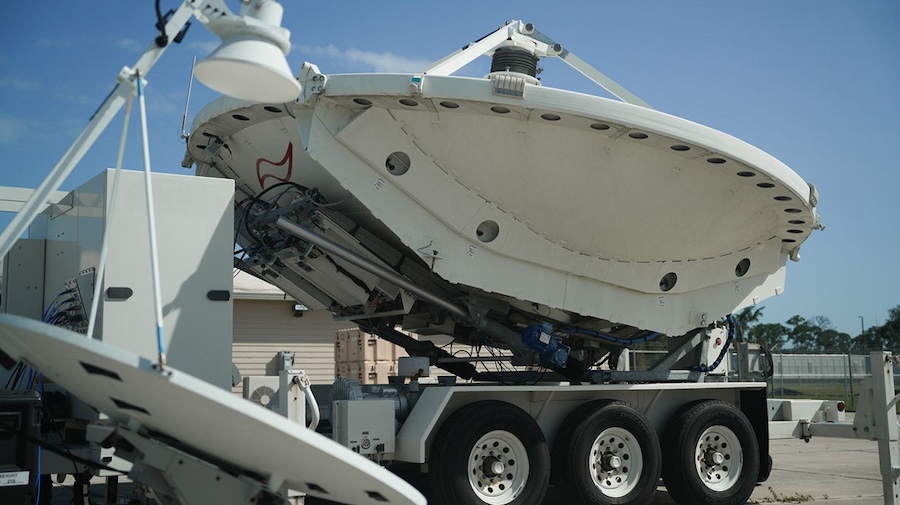





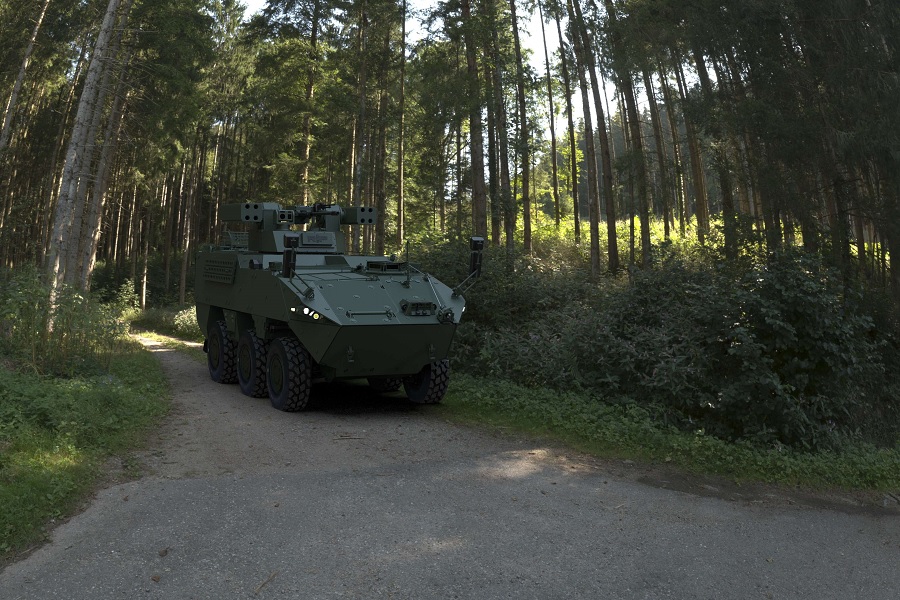
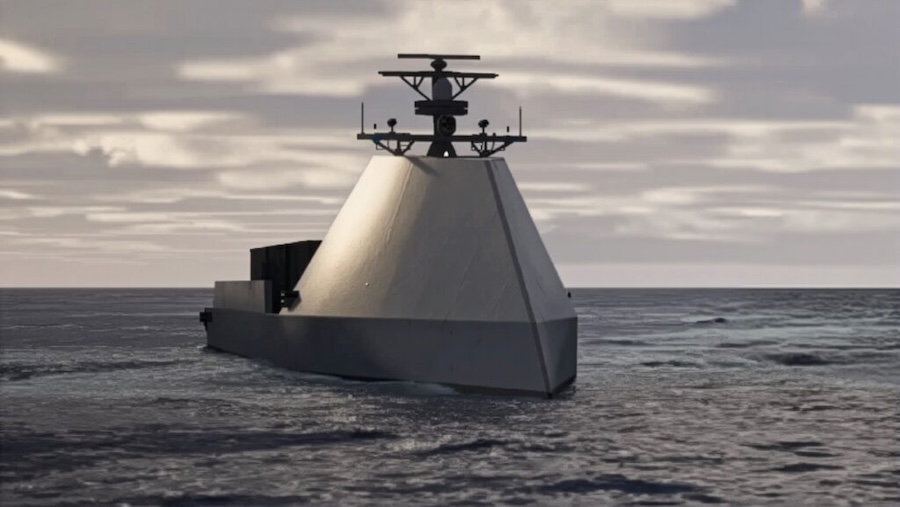

![Auterion conducts first multi-manufacturer hybrid drone swarm strike demonstration [VIDEO]](https://defence-industry.eu/wp-content/uploads/2025/09/Auterion-secures-130-million-to-scale-AI-defence-software-and-transform-drone-warfare.jpg)
